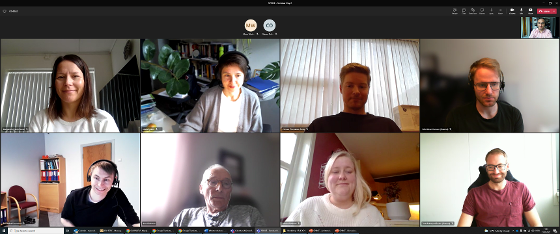Seminar on Decision Analysis and Risk of Icing for Navigation in the Norwegian Arctic Waters
Decision Analysis and Risk-Informed Decision-Making, where experience meets the science
By developing models and simulation frameworks for prediction of spray-icing rates and severity, SPRICE project helps decision-makers in technology and social science-related fields in the Norwegian maritime sector be equipped with better tools that support spray icing-related decision-making, risk perception, and operational safety, particularly due to operator error and interaction failure.
In this respect, two of SPRICE research objectives (ROs) are linked to risk-informed decision making modelling
- RO1: Perform decision analyses for spray-icing-concerned risks applicable across various maritime sectors
- RO2: Develop a decision support system for short-term and long-term risk-informed decisions related to spray icing
In order to achieve these two ROs, following tasks should be performed:
- Task 1 – Analyse and document available field experience and knowledge on sea spray icing related decisions via conducting individual/focus group interviews
- Task 2 – Analyse and document seafarer’s decision variables (i.e., what are the key parameters for seafarers when they make their risk-informed decisions), decision-alternatives, and decision-criteria with respect to the risks of spray icing while navigating in the Arctic waters.
- Task 3 – From the perspective of multi-criteria decision-making problems, rank and analyse the decision criteria with respect to risks of sea spray icing.
- Task 4 – Develop knowledge on risk perception, risk understanding, and safety culture and their contributing factors in relation to spray icing risks
As the first step towards achieving these objectives, a scientific seminar was help on 21 June where Peter Andersen shared his views on spray icing, decision variables, decision-making process, risk perception, and the needs of end-users (fishery companies) when concerning icing information and maps. Such views were discussed by the group members from various viewpoints including organisational theories and risk management principles.
This seminar is a building block of further interviews, observations, and focus groups sessions as the main method of data collection during the course of SPRICE in order to achieve above-mentioned ROs.
